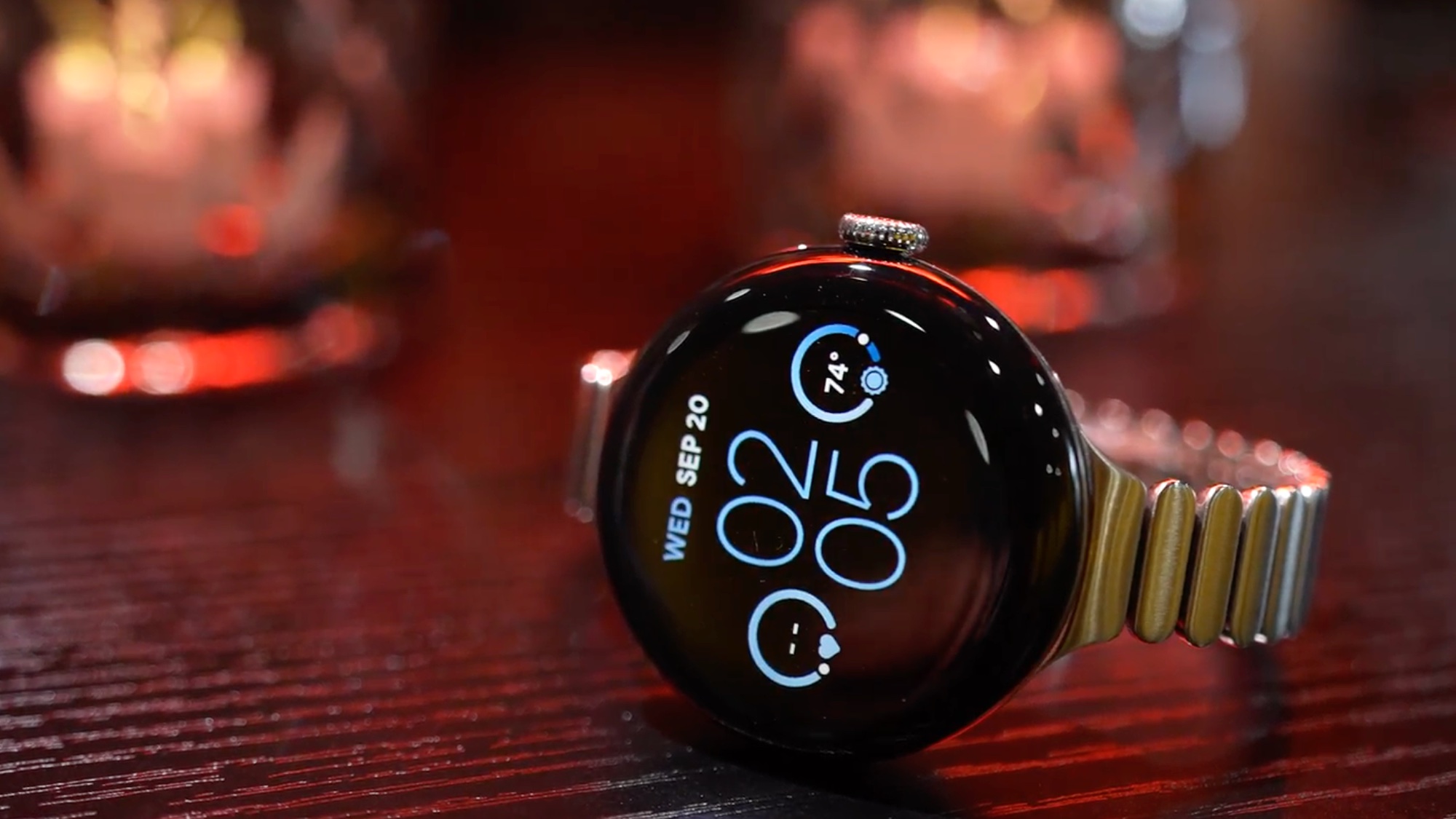
Back in January, a report from sources within Google claimed that the Pixel Watch 3 would break with its first two generations by offering a choice of two different sizes.
At the time, it wasn’t clear exactly what the dimensions on offer would be, but now 9to5Google has heard from a source who confirms that the larger Pixel Watch 3 will be 45mm in size.
Assuming the smaller model maintains the same 41mm shell, this matches the Apple Watch Series 9, which provides the same 41/45 choice, but would make it slightly larger than the Samsung Galaxy Watch 6 which sells 40mm and 44mm options.
In those cases, the decision isn’t just about weight and screen size, with both Apple and Samsung charging $30 extra for the larger models. Google will likely do the same thing, suggesting that prices will start at $349 and $379 if the previous two Pixel Watches are a guide.
But it could steal a march on its rivals by offering both at the same MSRP. There is some precedent here: Garmin charges $449 whether you opt for the 45mm Venu 3 or the 41mm ‘S’ version.
While a larger shell generally means a bigger battery, this doesn’t tend to offer that much more in terms of extra time on the wrist, with gains generally eaten up by powering more pixels on the screen.
That said, the impressive 100-hour battery life achieved by the OnePlus Watch 2 on Wear OS suggests that Google could achieve similar gains by leveraging the same hybrid interface (where the microcontroller unit is heavily used over the application processor). Offering two sizes and addressing the current battery limitations would make the Pixel Watch 3 a serious contender in the world of high-end smartwatches.
As well as confirmation about the incoming second size of the Pixel Watch, the 9to5Google report also confirms that a second generation of Pixel Buds Pro is on the way.
There are no details about the earbuds as of yet, but we would expect the usual boost to sound quality, battery life and effectiveness of noise cancellation when they go on sale.
No date is provided, but given the last generation was announced in May 2022, we may see them debut at the upcoming Google I/O, which looks likely to be penciled in for May again.







